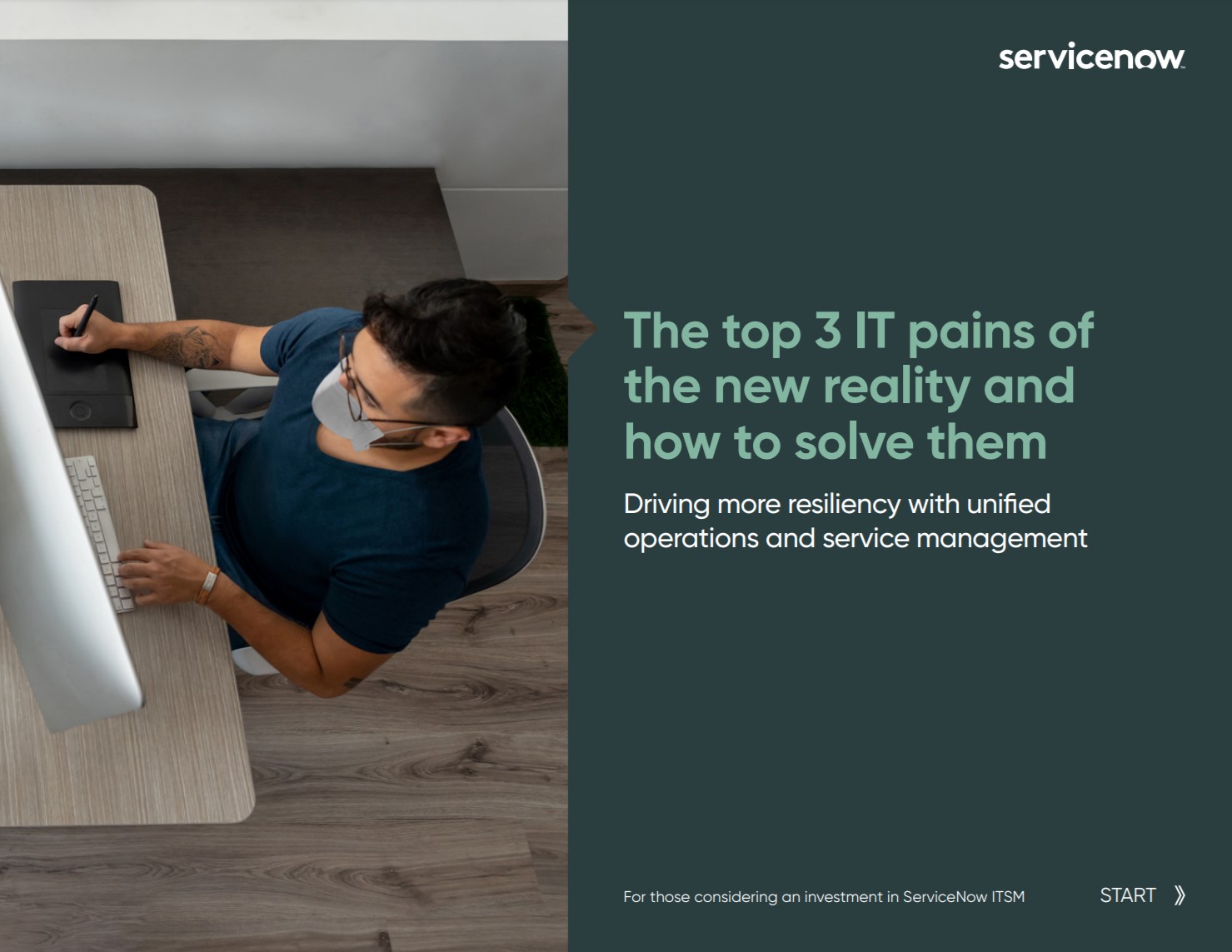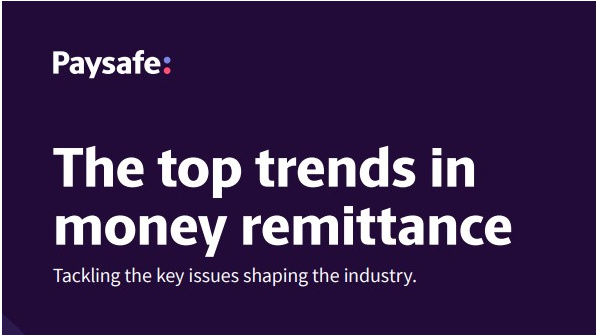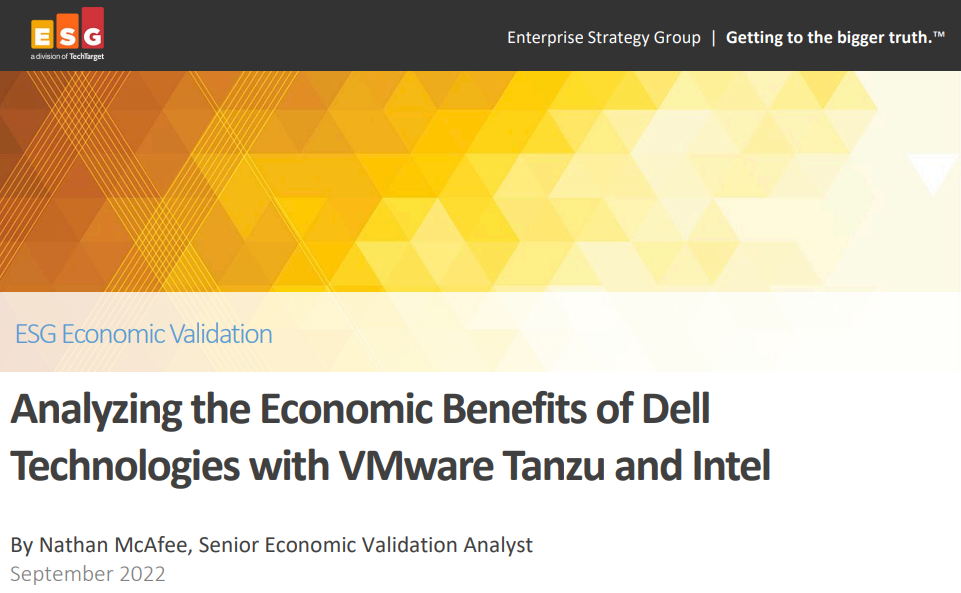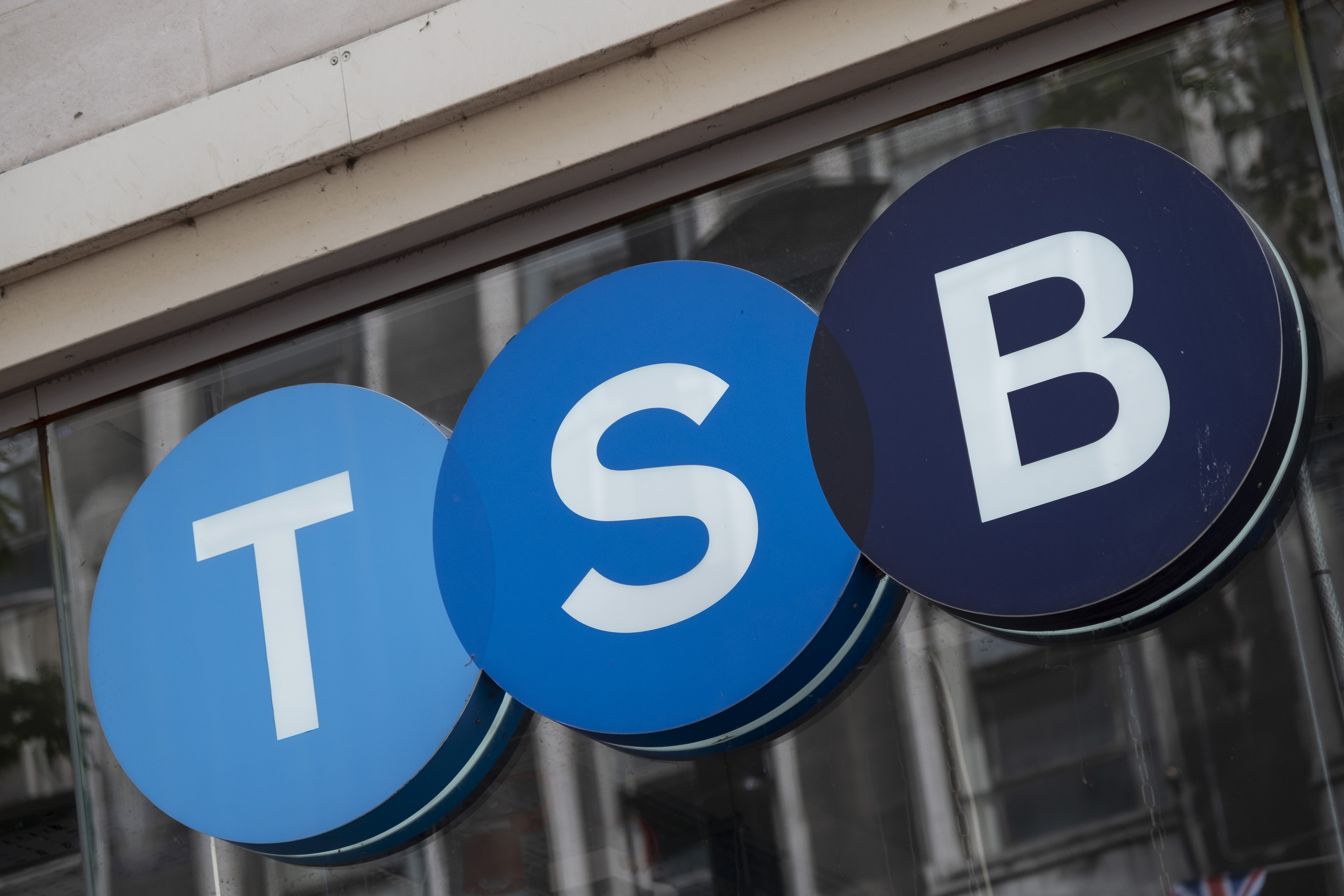Using HCI to merge a cacophony of legacy IT systems
With Shakespeare Martineau embarking on a rapid expansion in size and staff count, reducing complexity across its IT estate is crucial


Dal Virdi, IT director at Shakespeare Martineau, found himself in an intriguing position when he joined the law firm in 2018. The business had grown quickly due to a series of mergers and acquisitions, but rapid growth also meant the firm’s digital infrastructure was overly complex and inefficient.
Virdi knew he’d need to take a different approach if IT was going to continue supporting business growth. After assessing the options with his team, he decided the solution to the challenge the firm faced would come in the form of a hyperconverged infrastructure (HCI) platform supplied by technology specialist Nutanix.
“We wanted to deliver value to our external and internal clients,” Virdi tells IT Pro. “There's never going to be a silver bullet, but the technology we introduced needed to simplify the operations of our internal team, so they could invest their time and effort into activities that will create an advantage for the firm.”
Handling a mishmash of old and new
RELATED RESOURCE

The top three IT pains of the new reality and how to solve them
Driving more resiliency with unified operations and service management
Virdi inherited a complex IT environment. The business doubled in size with the merger of Shakespeares and SGH Martineau in 2015. Subsequent acquisitions meant the firm, which now employs more than 850 legal experts in offices across the UK, was left with a mix of external providers and internal IT resources.
With Shakespeare Martineau also having ambitious plans to double its size by 2025, Virdi knew IT systems would have to work more effectively, reliably and efficiently to support the firm’s business strategy. The aim was to create a “one-stop-shop”.
“We'd inherited lots of staff, with different skill sets and different backgrounds, and we really wanted to simplify what IT needed to do moving forward. It was a difficult decision – and it took us a long time to make that decision – but Nutanix absolutely ticked that box,” says Virdi.
The firm implemented the Nutanix HCI platform after a thorough evaluation process. Virdi’s direct reports explored various hardware options and were “blown away” by a demonstration at an IT conference. Virdi says, however, he was nervous about their recommendations, at first, because he didn’t have much experience with Nutanix or converged platforms.
Get the ITPro daily newsletter
Sign up today and you will receive a free copy of our Future Focus 2025 report - the leading guidance on AI, cybersecurity and other IT challenges as per 700+ senior executives
“I guess I can be quite challenging in terms of some of the probing questions that I ask around the technology and how it works, so it took many months for that decision to be reached,” he says. “It was either going to be our traditional HP hardware or an alternative – and Nutanix was the only provider that met the brief as an alternative.”
The selection process took nine months from the initial discussions to the implementation, during which time Virdi explored reference customers and talked with some of Nutanix’s international clients. He also met the company’s CEO in London and was impressed by how the provider took the time to show how they could make a difference.
“A number of factors – the cost being very comparative to what the HP traditional architecture would have incurred, but with the opportunities of improved performance and easy upgrades – swayed the decision in Nutanix’s favour,” he says. “We went forward with some specialist tests and the performance just flew, so it was an absolute no-brainer for us.”
The best of both worlds
Virdi says the Nutanix platform offered all the abilities of a public cloud-first strategy, combined with the security, performance and compliance needed from an on-premises private cloud solution. The ability to reduce the complexity around support and management was a key factor in adopting the Nutanix platform.
“We decided a few years ago that we would have a cloud-first approach. But being a law firm – with many of the legacy applications and systems that we have, and some of the sensitivity around our data – means that we have to consider anything that we introduce alongside every other system that we still need to run the firm in the way we do,” he says.
“Because of that, we always considered a hybrid approach – and Nutanix gave us that opportunity to start to de-camp some of those legacy systems and move them on to a newer platform, to maintain the other systems that were needed, and also give us the performance that we required.”
Shakespeare Martineau went live with the converged platform in early 2020. The IT team used Softcat as its implementation partner, but also leant on Nutanix’s own expertise to ensure the firm received the desired high quality of delivery.
“The experience, once we started to migrate services, and the support that Nutanix gave the internal team, via upskilling and internal education, meant the internal team could pick up how to make the most of the technology very quickly,” says Virdi.
Back from the brink
The firm’s initial investment in Nutanix technology cost just below £1.5 million. Virdi says choosing Nutanix gave the company a more performant platform for less money than going down the non-converged route. Traditional hardware would have cost more than £2 million, and as the firm’s kit was old it needed to be updated anyway.
The technology is already delivering a tangible return on investment by helping the firm transition its legacy systems to the cloud. It also provides a flexible and scalable platform for long-term digital transformation plans.
Benefits have come from other unanticipated places, too. Last Christmas, the firm ran an annual power down to service generators in its Birmingham office, which also houses the firm’s internal data centre. When it was given the green light to return power to IT, the team encountered a number of issues with its traditional HP environment.
These problems meant Virdi’s team had to invoke a full disaster recovery scenario on the Sunday morning. Thankfully, the firm’s commitment to HCI meant the IT team was able to recover systems within 24 hours – and before any end users noticed.
“If we hadn't had Nutanix in place, we would probably have been in a world of pain,” he says. “But we accelerated all of our designs and migration plans wherever we could, and we actually recovered onto our Nutanix platform. The firm was up and running again by the Monday morning without anybody outside the C-suite knowing what had happened.”
Virdi says this episode proved the value of the technology and meant the IT team felt sufficiently confident to continue migrating more services to Nutanix. The next step is for Shakespeare Martineau to implement the Nutanix Xi Leap capability, which provides disaster recovery as a service. The long-term aim is to push more systems to the cloud.
“That's the sort of strategic direction that we're trying to take,” he says. “We're a law firm, so why would we want to water, maintain and feed our own internal data centres? For lots of new services that we’re buying in, we've got a cloud-first approach – and as technology changes, that becomes even more viable.”

Mark Samuels is a freelance writer specializing in business and technology. For the past two decades, he has produced extensive work on subjects such as the adoption of technology by C-suite executives.
At ITPro, Mark has provided long-form content on C-suite strategy, particularly relating to chief information officers (CIOs), as well as digital transformation case studies, and explainers on cloud computing architecture.
Mark has written for publications including Computing, The Guardian, ZDNet, TechRepublic, Times Higher Education, and CIONET.
Before his career in journalism, Mark achieved a BA in geography and MSc in World Space Economy at the University of Birmingham, as well as a PhD in economic geography at the University of Sheffield.
-
 Should AI PCs be part of your next hardware refresh?
Should AI PCs be part of your next hardware refresh?AI PCs are fast becoming a business staple and a surefire way to future-proof your business
By Bobby Hellard Published
-
 Westcon-Comstor and Vectra AI launch brace of new channel initiatives
Westcon-Comstor and Vectra AI launch brace of new channel initiativesNews Westcon-Comstor and Vectra AI have announced the launch of two new channel growth initiatives focused on the managed security service provider (MSSP) space and AWS Marketplace.
By Daniel Todd Published
-
 Better together
Better togetherWhitepaper Achieve more with Windows 11 and Surface
By ITPro Published
-
 Transforming the enterprise
Transforming the enterpriseWhitepaper With Intel and CDW
By ITPro Published
-
 The top trends in money remittance
The top trends in money remittanceWhitepaper Tackling the key issues shaping the money remittance industry
By ITPro Published
-
 How Kantar revamped its IT infrastructure after being sold off
How Kantar revamped its IT infrastructure after being sold offCase Study Being acquired by a private equity firm meant Kantar couldn’t rely on its parent company’s infrastructure, and was forced to confront its technical shortcomings
By Rene Millman Published
-
 Deutsche Bank wraps up Postbank IT integration after bug-laden migrations
Deutsche Bank wraps up Postbank IT integration after bug-laden migrationsNews The IT merger is expected to generate annual savings of €300 million by 2025
By Daniel Todd Published
-
 Analyzing the economic benefits of Dell Technologies with VMware Tanzu & Intel
Analyzing the economic benefits of Dell Technologies with VMware Tanzu & IntelWhitepaper ESG economic validation
By ITPro Published
-
 Defra needs £726 million to modernize pervasive legacy IT issues
Defra needs £726 million to modernize pervasive legacy IT issuesNews A significant portion of IT systems are reportedly still in extended support or are fully unsupported
By Ross Kelly Published
-
 Former TSB CIO fined £81,000 for botched IT migration
Former TSB CIO fined £81,000 for botched IT migrationNews It’s the first penalty imposed on an individual involved in the infamous migration project
By Ross Kelly Published